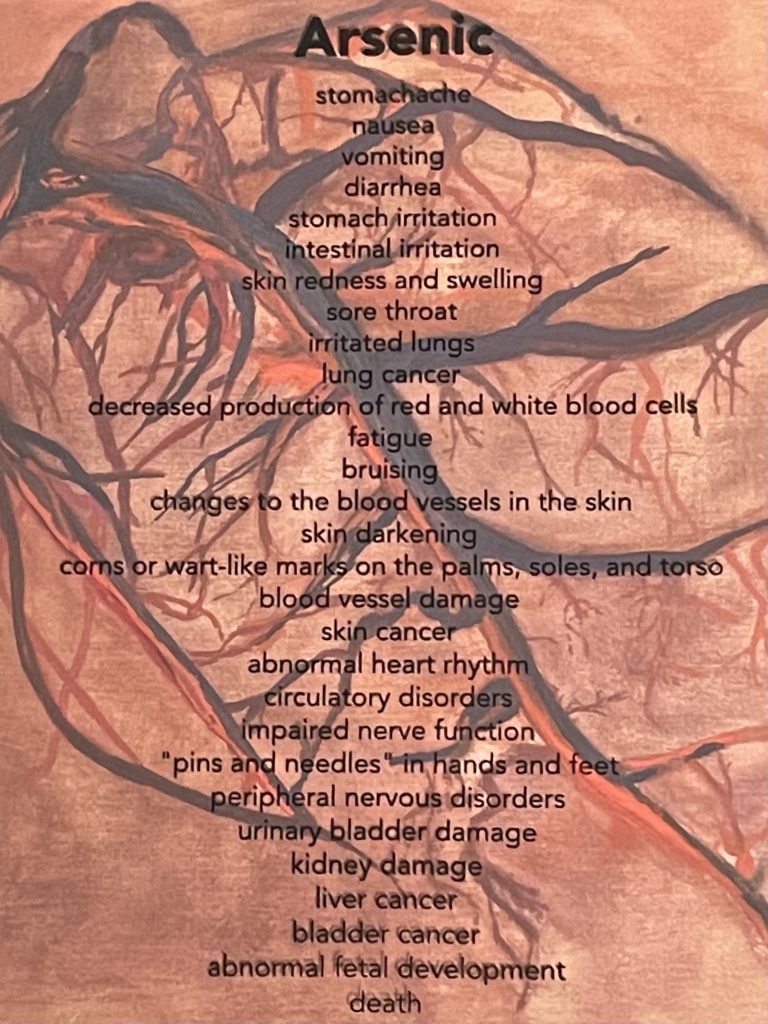
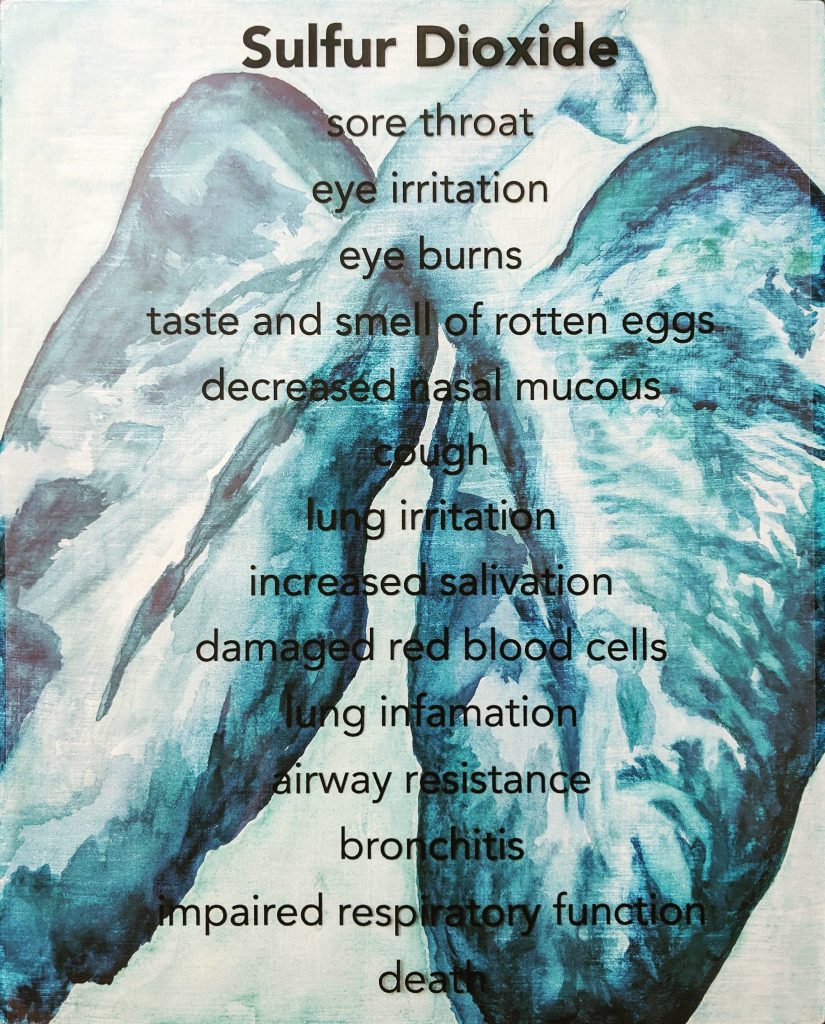
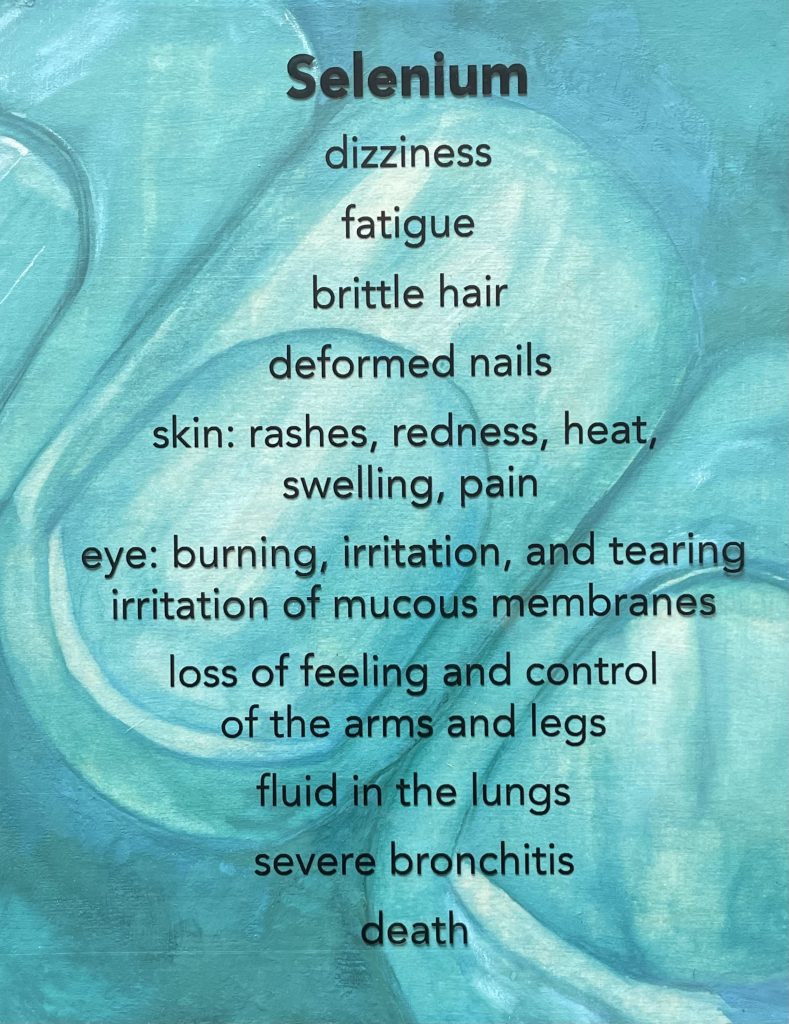
Eric Reyes, a former Calexico High School teacher, has dedicated his life to advocating for his community. He is a member of the Imperial Irrigation District’s Energy Consumers Advisory Committee, Los Amigos de la Comunidad, and the Salud Sin Fronteras Coalition, among many other community groups. He has spent years advocating for the residents of the Nosotros Subdivision, a federally subsidized housing tract for low income workers, which has a startlingly high number of pulmonary diseases and cancer cases. I met him alongside the New River to talk about the issues it brings to the community. He told me, “This one guy had mushrooms growing inside. He had the closest house to the New River. He passed away. He had mushrooms growing inside his lungs.”
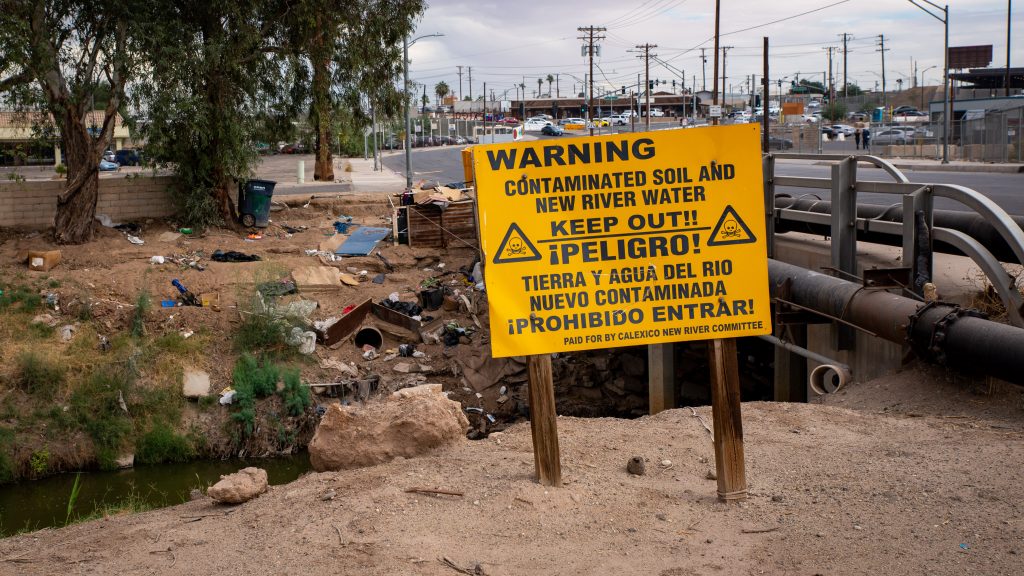
The smell of the New River hits you like a brick wall, a burning, rancid, chemical stench unlike anything you have ever encountered. It is surrounded by signs that read,
“WARNING – CONTAMINATED SOIL AND NEW RIVER WATER – KEEP OUT!!,” in English and Spanish. When regional water board employees take samples from the New River to test the water quality, they wear full body suits, protective face shields, and use long poles from atop bridges to avoid even slight contact with the water. Border Patrol agents who work near the river are required to have regular immunizations against diseases such as hepatitis. They are also directed to seek medical attention within 24 hours if they contact New River water. People who are trying to cross into the US without documentation are the most often exposed—even in these cases, exposure is usually only because the rafts the migrants used capsized and not because they were willing to swim through the dangerous water37.
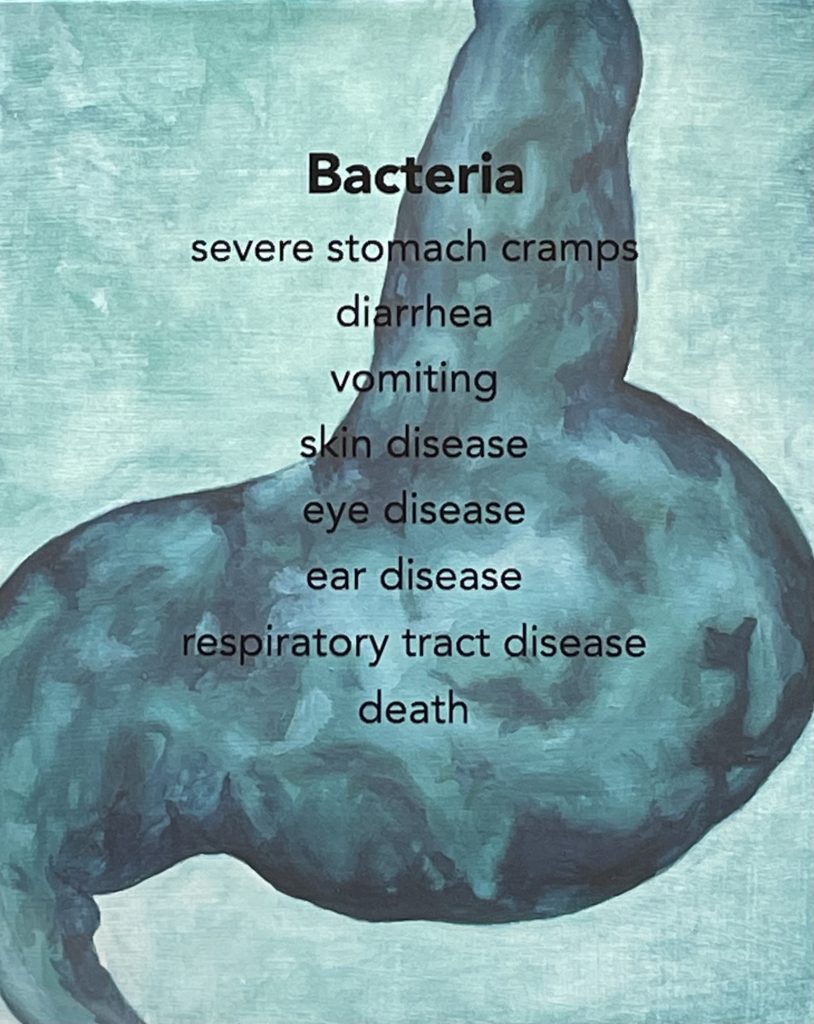
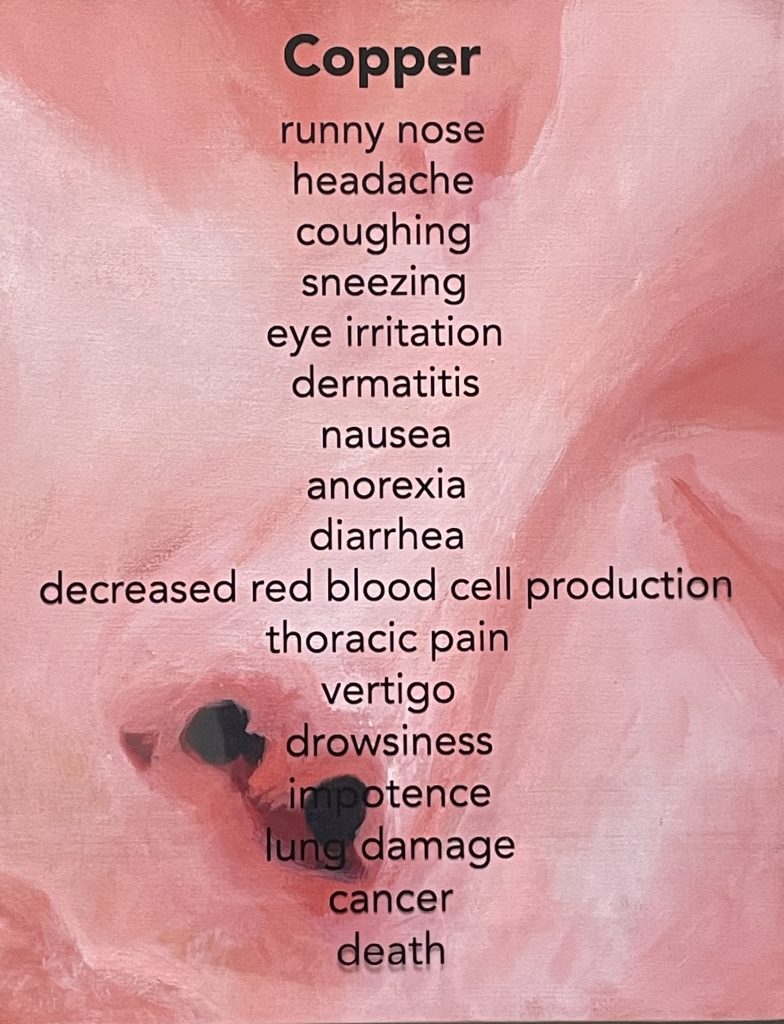
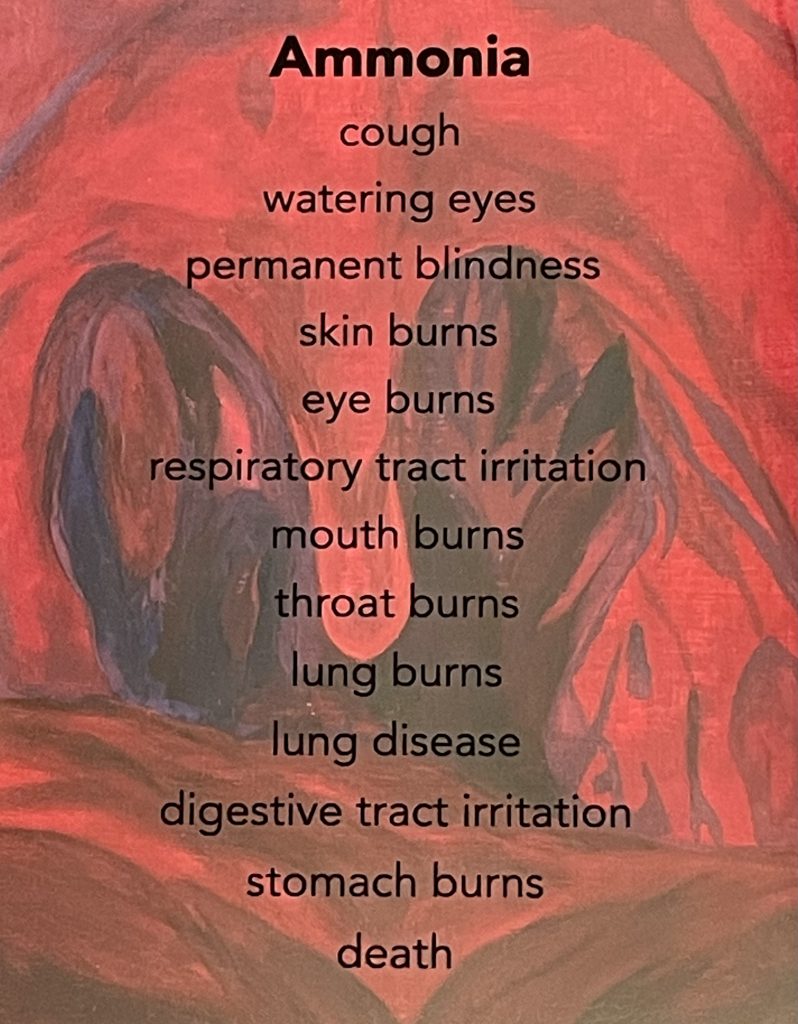
Eric tells me, “INS, Border Patrol, they have a policy that you do not follow anyone into the New River. So undocumented people, they would cross into the New River knowing they were not going to be chased. And then if [border patrol agents] do go in there they have a HAZMAT crew to decontaminate them, immediately. I mean that tells you the force of it…”
Eric has heard Border Patrol agents complain, “The fumes, nauseous, they get nauseous, and their eyes are glazed, the pulmonary” after a shift alongside the New River. According to a request for hazard pay by the National Border Patrol Council Local 2554, large numbers of border agents report flu-like symptoms and have to call in sick after a shift alongside the New River. Some experience blurred vision, extreme headaches, skin rashes, and open sores after contacting the water. Those who fall in experience urinary tract infections and persistent itching after multiple showers, as well as vomiting and diarrhea after getting it in their mouths38.
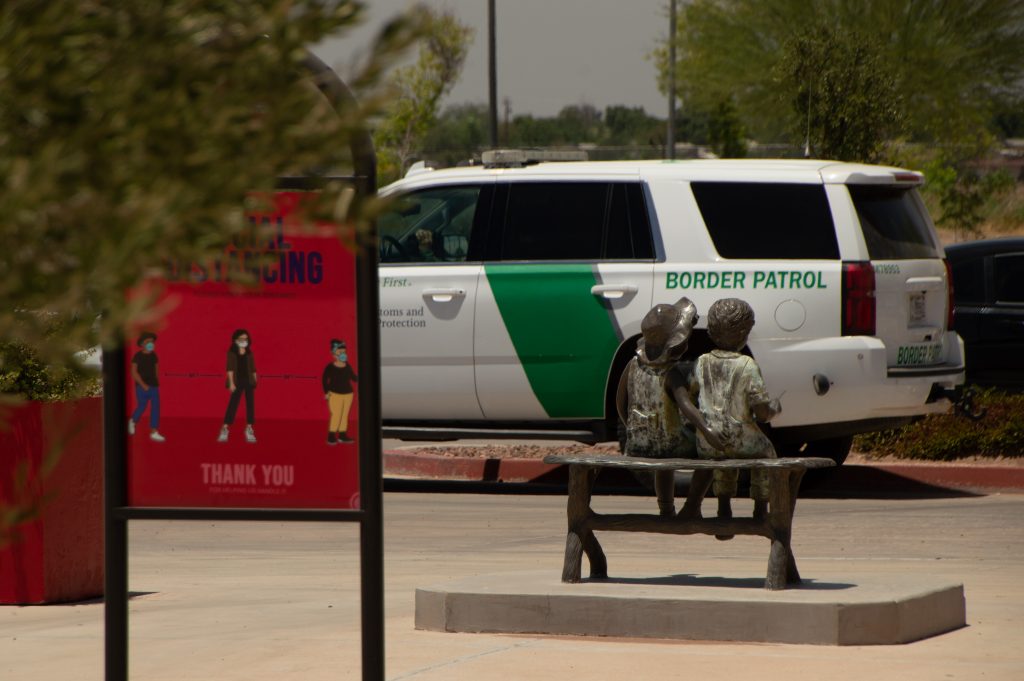
The New River originates in the Mexicali Valley, about 20 miles south of the US-Mexico border. It crosses into the United States where Mexicali, Mexico meets Calexico, California. The river does not have a natural water source, but is made entirely of wastewater from farms, factories, and sewage along its course. From Calexico, it flows 60 miles through the Imperial Valley to its inland terminus at the Salton Sea27. In the Mexicali Valley, it picks up municipal effluent, storm runoff, trash, animal feedlot runoff, slaughterhouse runoff, pesticides, un-disinfected wastes from wastewater treatment lagoons, and industrial pollutants27, 28.
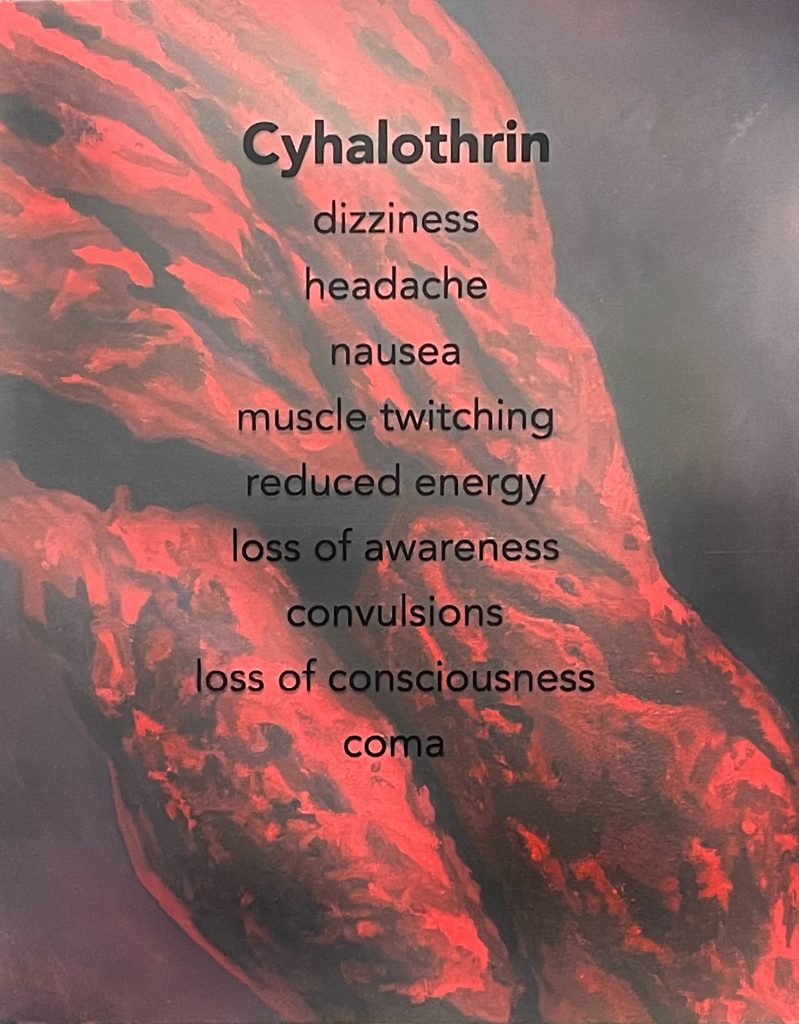
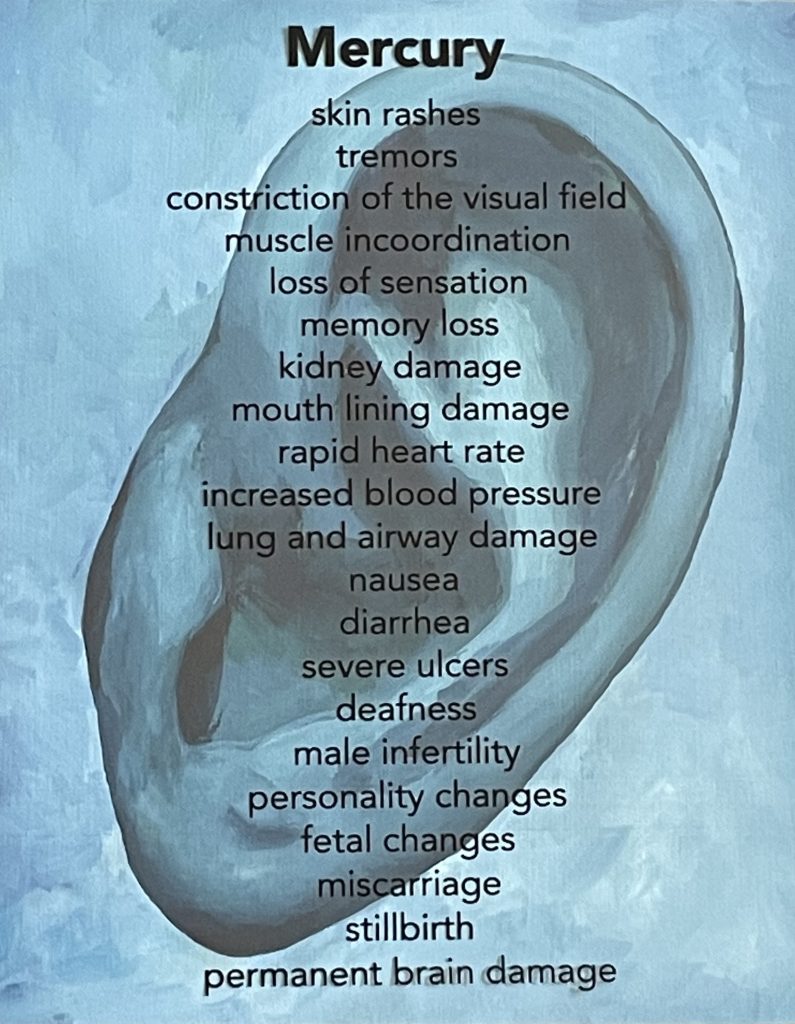
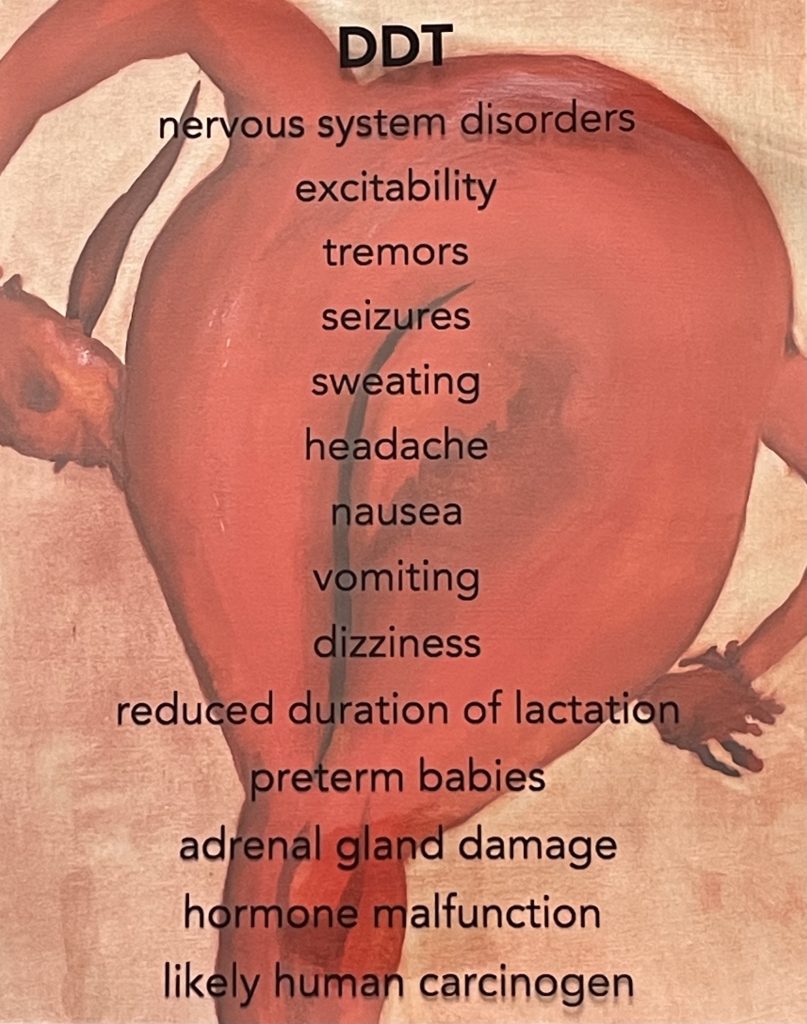
Once it crosses the border into the US, the New River flows right through the Nosotros Subdivision. Through his work with the Nosotros Group, Eric advocates for assistance for the residents who are suffering from diseases that are likely related to the river, and for the families of those who have passed away. He points out that, although a lot of the pollutants in the New River come from Mexicali, they still need to be addressed in the US. He says, “Pollution doesn’t stop at the border, even if the people do, right?”
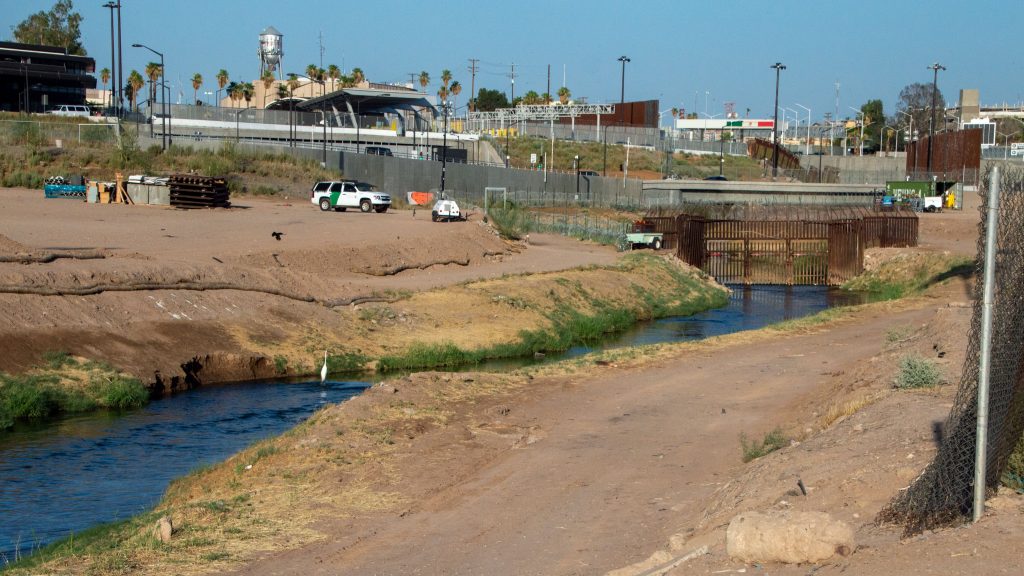
As the New River continues its trek through the Imperial Valley, it receives more pesticide-laced agricultural runoff, drainage from at least nine confined animal feedlots, geothermal plant discharge, and treated sewage28. The river flows to the Salton Sea where the water evaporates, but the pollutants stay behind. The water is toxic, and the sediment more so28.
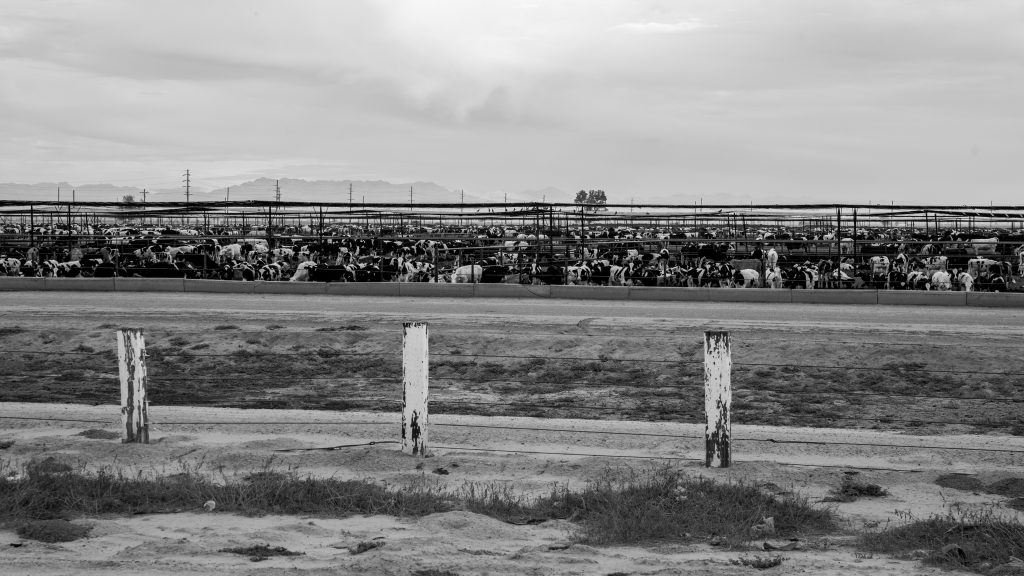
Despite the current state of neglect, some steps have been taken over the years to clean the inflows, but it hasn’t been enough. Eric once sat on the Citizen’s Forum on the Colorado River, which worked to represent the voice of local residents in the management of the inflows to the Salton Sea, including the New River. In the 1980s and 1990s the growth of maquiladoras—US owned factories located in special tariff free zones on the Mexican side of the border, caused massive population growth in the area as workers flocked to the new jobs39. However, these private concerns did not include funding the sewage system or new infrastructure to support the influx of people39. As a result, the discharge of raw sewage became an industrial disaster.
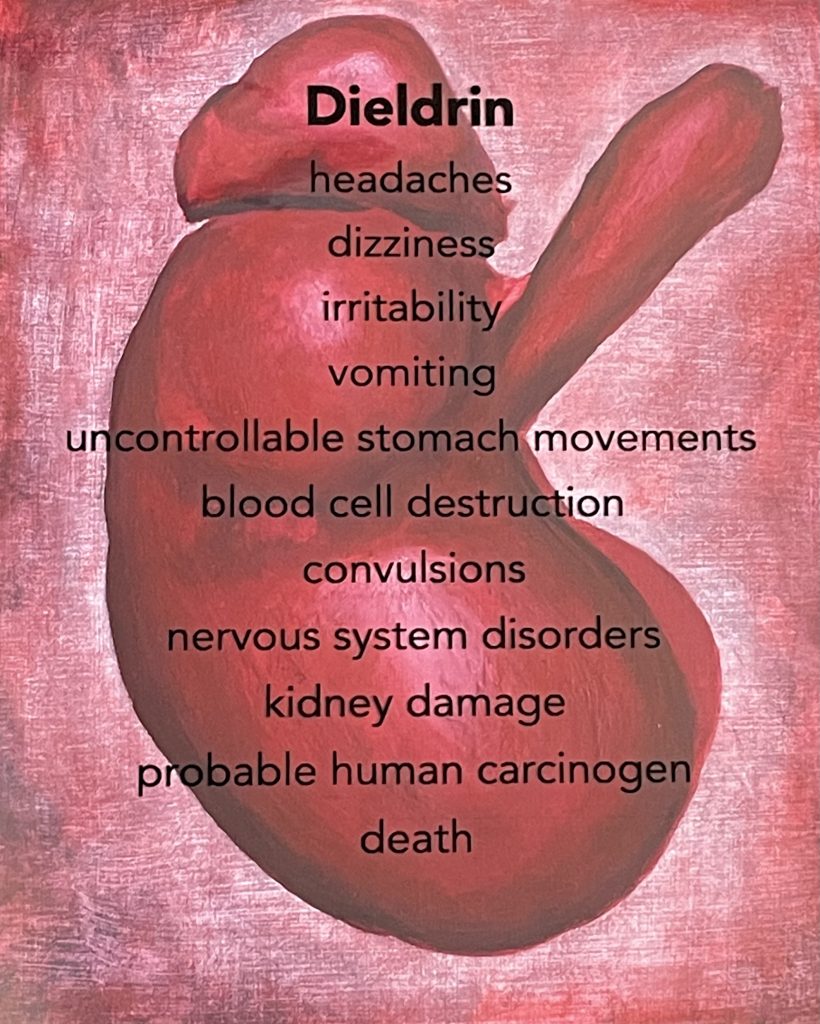
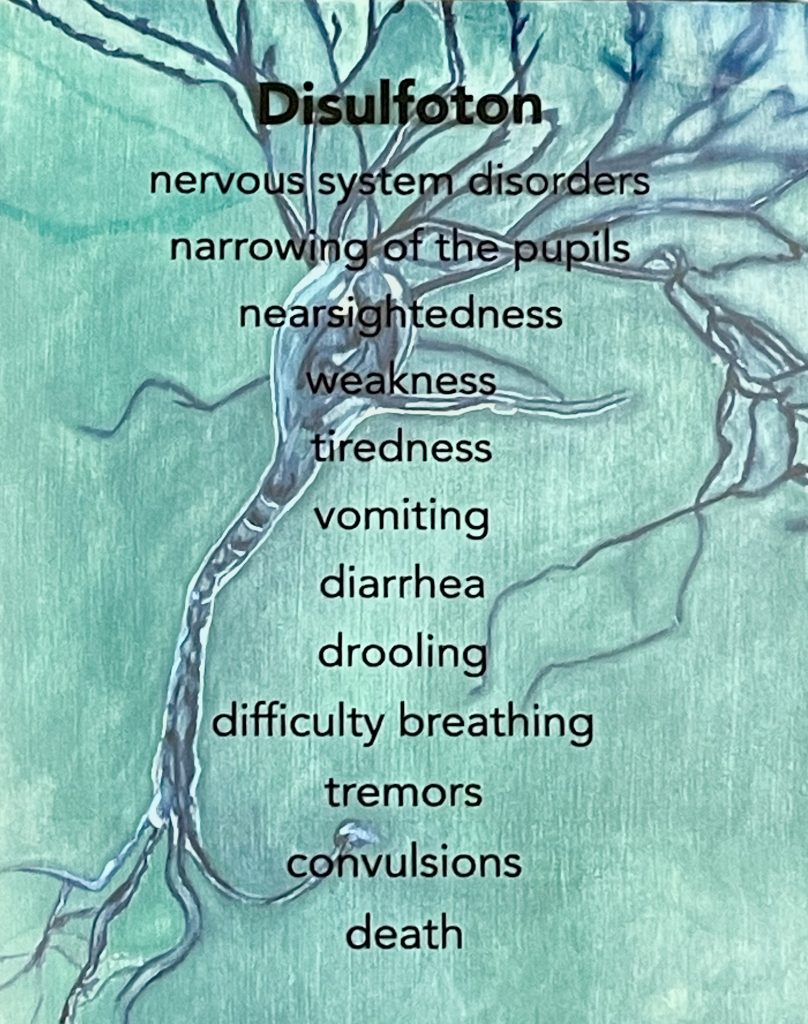
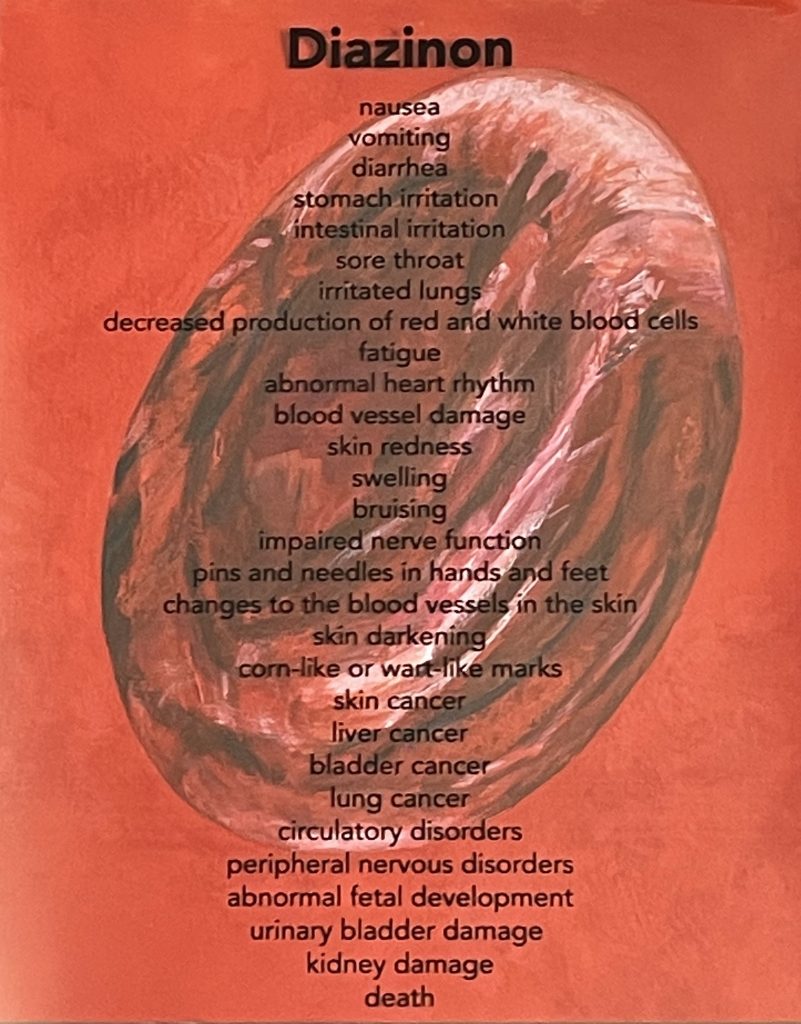
Even after a 1982 agreement to eliminate raw sewage discharges, 10 to 20 million gallons of unprocessed human waste flowed directly into the New River each day27. Both Mexico and the US had underestimated the magnitude of the problem. In 1992 the two countries established long term sanitation strategies that shared the cost of two sewage treatment plant projects27. Eric has lived with the catastrophic results of the projects ever since. The problem, he says, is that the sewage treatment plants were built on the Mexican side of the border, where construction was cheaper, but the plants weren’t maintained. The projects initially improved measures of fecal matter, pathogens, nutrients, and volatile organic compounds, which cause strong and dangerous odors, but trash dumping, sewage nutrients, pathogens, industrial waste discharges, urban runoff27, and sewage overflows40 remain continuing problems. Therefore, coming into contact with the water can still prove fatal.
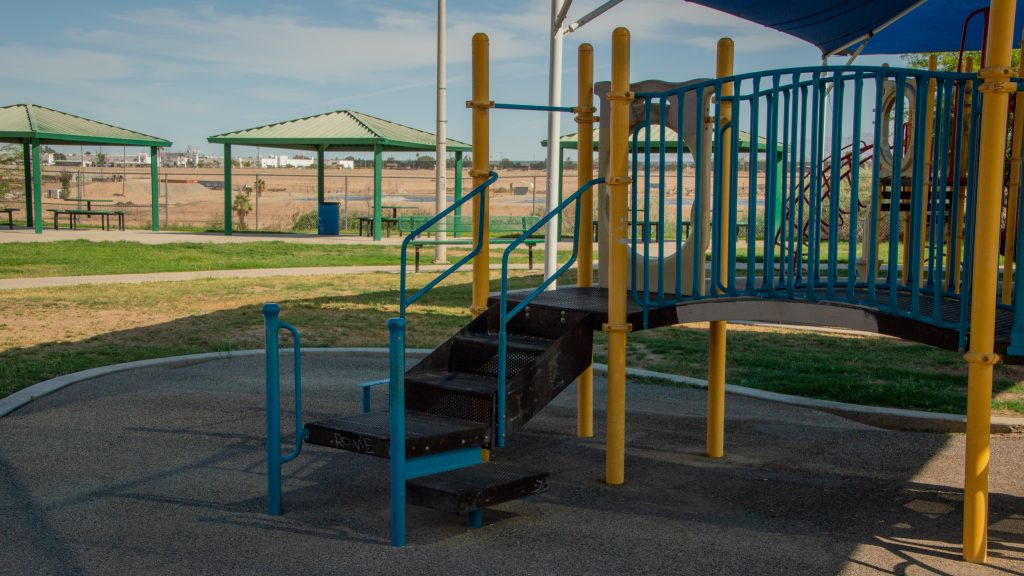
“The thing in Mexicali is the raw sewage combined with the industrial runoff, unregulated industrial runoff, just horrible. I mean they wouldn’t allow that here in the US. And you know, we are an underserved community politically, politically not powerful because our population base is so low that the politicians will pay attention to larger bases. They’ve invested a lot more money in the Tijuana River,” Eric told me.
To add a further complication, the sewage projects created by the 1992 agreement are already past their life expectancy and in need of immediate repair27. As the infrastructure degrades, large quantities of raw sewage are once again flowing into the New River, spilling from the overwhelmed treatment plants. Fecal coliform levels 790 times the legal federal limits have been found in the New River, but county health authorities receive no official notice when raw discharges occur40.
Since 2006, the New River has been encased underground as it runs through the city of Mexicali, but not Calexico27. Encasing the river makes it so that it causes less harm to those in the neighborhoods through which it flows by reducing trash in the river and protecting residents from its odor and toxic health effects. Further work is needed to reduce trash dumping, eutrophication due to excess nutrients, inflows of pathogens from wastewater treatment facilities, industrial wastes, agricultural runoff, pesticides, and municipal wastes27.
In Calexico, the New River remains open to the air. Residents and members of the Calexico New River Committee, a nonprofit, went to Sacramento and got the state to pass AB 1079 authorizing the New River Improvement Project in 2009. It included provisions to encase the river on the US side of the border41, but the state has repeatedly postponed such action.
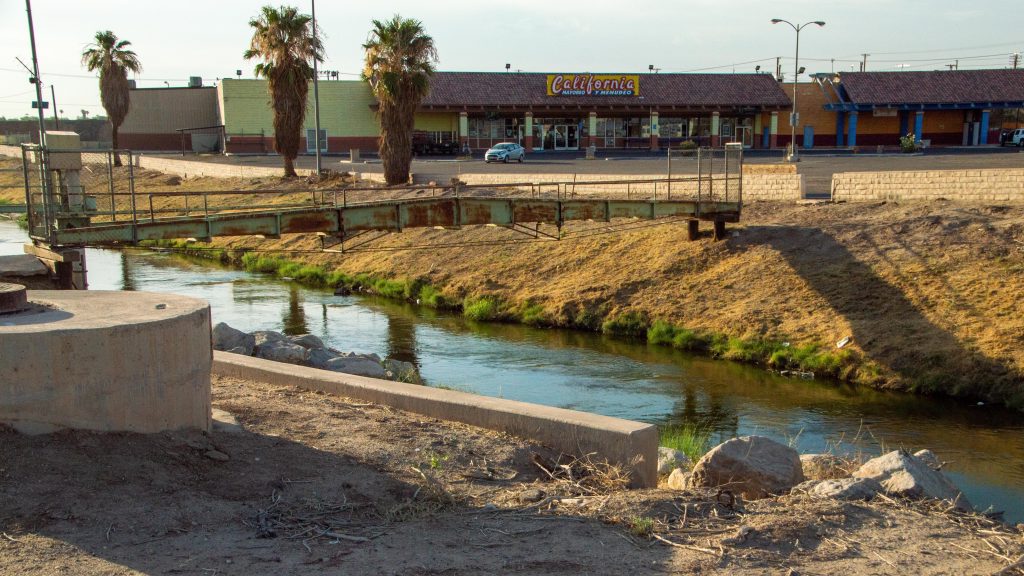
Researchers take samples from a bridge to avoid contact with the water.
The consequences of not capping the river on the US side weigh heavily on the quality of life for people in Calexico and the broader Imperial Valley. When Eric taught at Calexico High, he had some students who couldn’t go outside at all because their respiratory development was so stunted by the pollution. Countless kids had doctor’s orders listing the things they could and couldn’t do. A lot of students went to the hospital straight from his classroom. They’d get shortness of breath, and then get to the point where nothing could help them, so he’d have to call 911.
Imperial County has gotten so desperate for help that county officials have asked California Governor Gavin Newsom to declare a State Emergency, a measure usually enacted for acute events such as wildfires or earthquakes, and the first step toward getting federal assistance. They requested an in-depth epidemiological study and personnel to examine asthma rates in local schools, conduct soil testing on the exposed playa, and increase air data analysis. Additionally, they requested a swamp dozer and lift pumps to help complete habitat and air quality projects, as well as a bull plow to create ridges on the playa for temporary dust control. Finally, they asked for $150,000 a year to conduct their own water quality tests on the New River, the results of which would be widely available to the public40. Ultimately, they received no help.
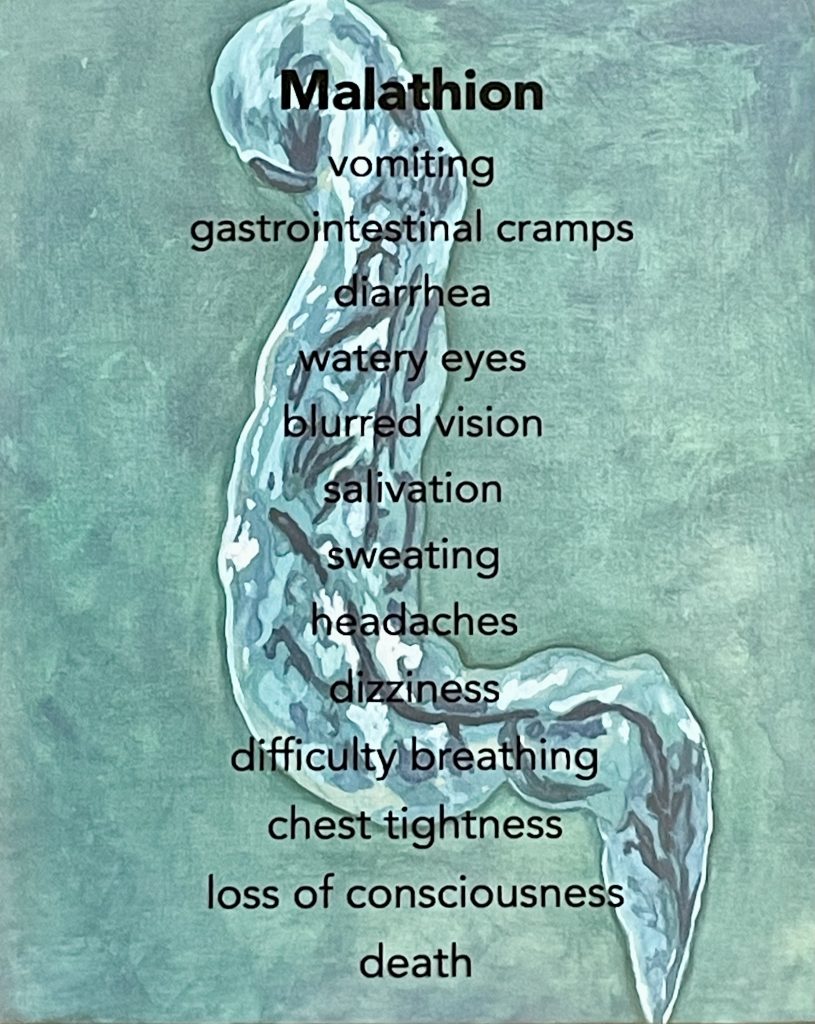
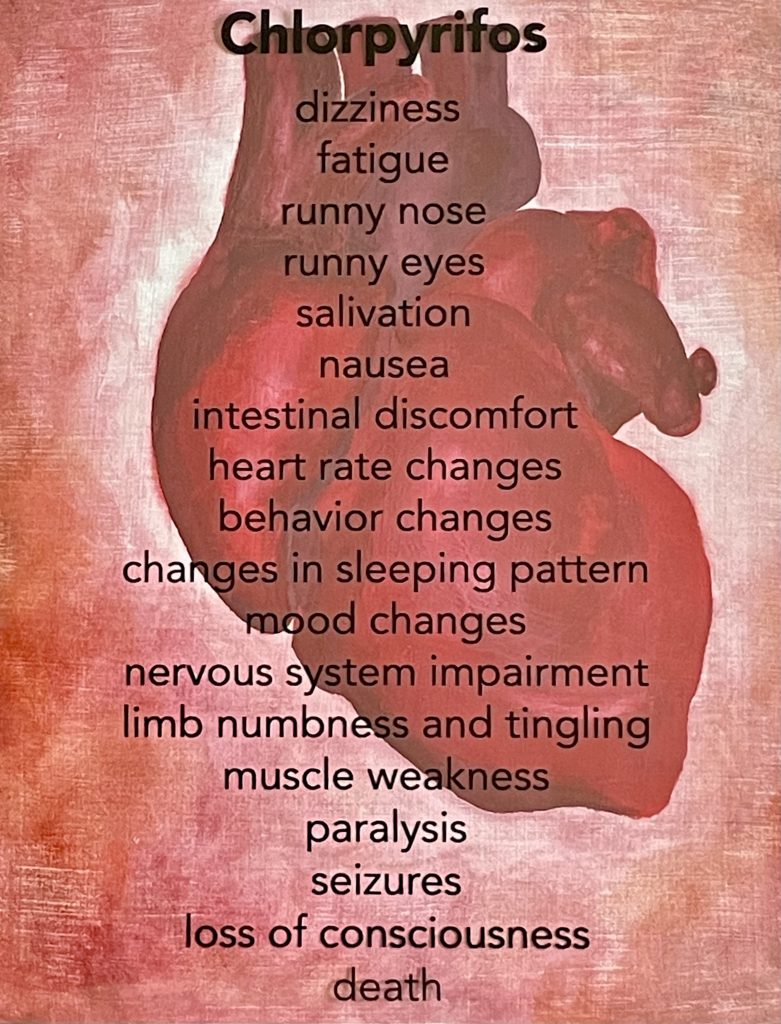

Still seeking change, officials have taken their request above the state level to Senators Dianne Feinstein and Alex Padilla. In March, 2021, they introduced the Border Water Quality Restoration and Protection Act to provide infrastructure maintenance, reduce pollution, and improve water quality in the New and Tijuana Rivers42. Eric was hopeful that the New River would be covered by the end of 2021, but it wasn’t. He pointed out that the pollution is most concentrated in Calexico, where the river hasn’t yet undergone any degree of natural cleaning from ozone exposure and UV radiation along its course. He noted that, “Calexico is the most highly concentrated community of color in the Imperial Valley, so that tells you again, even within our own community, which is 85% community of color, we still have our bias against communities of color,” which seems to be part of why the issue is so thoroughly ignored.
It’s through activism like Eric’s that things will change. He wants to see more people get involved, fight for, and invest their lives in the community. He says, “I love being part of a community and seeing people engage. [Imperial County] is one of the worst for civic engagement, so it’s kinda been a lifelong goal of mine to be part of it and grow that. We’ve had a brain drain here for a long time for lack of economic opportunities, and we’re starting to see finally that come back. Like in Coachella you have that because of the growth there… I want to say that I want to be one of those that helped lay the foundation for that type of leadership here.”
Learn More
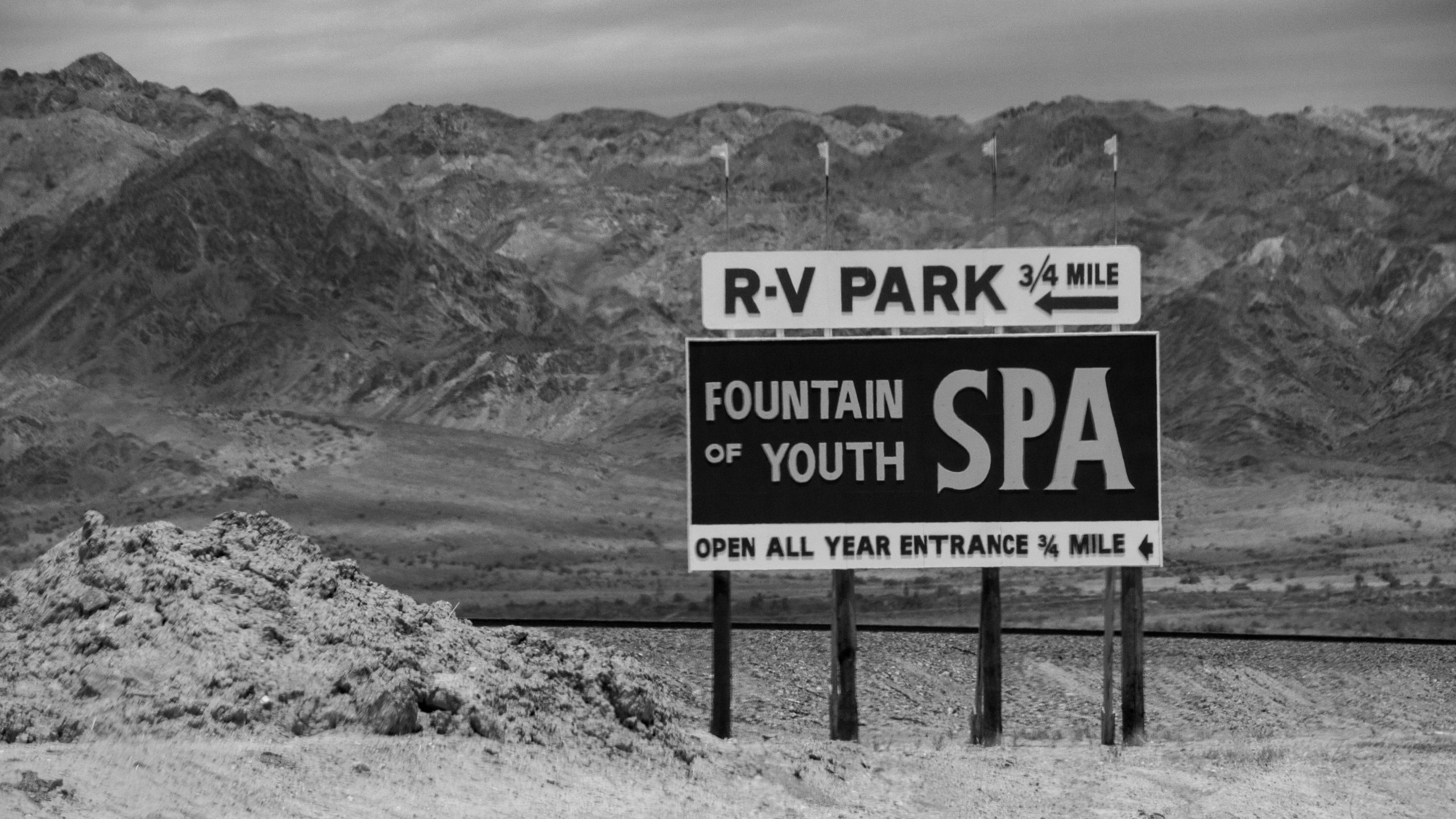
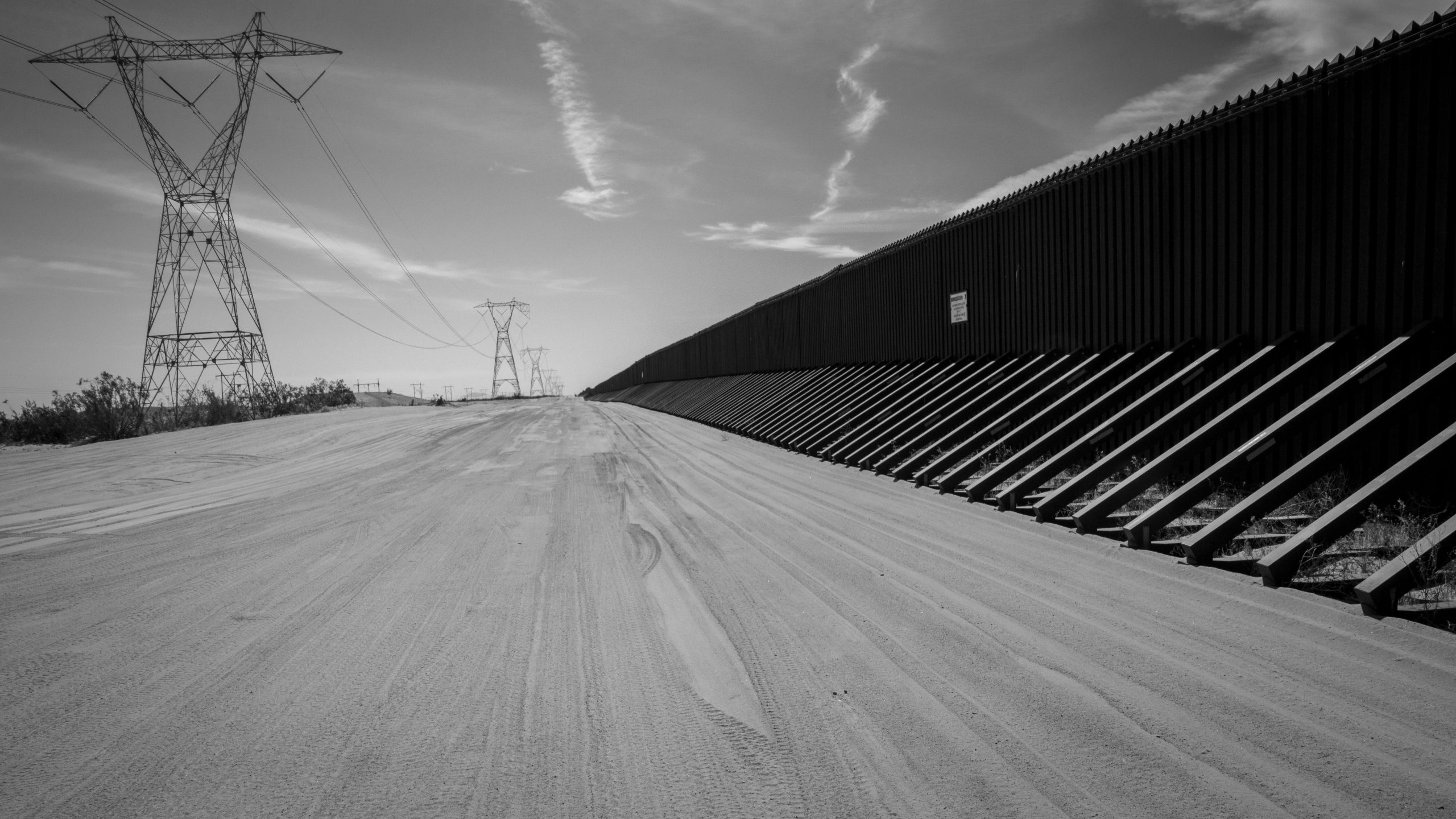
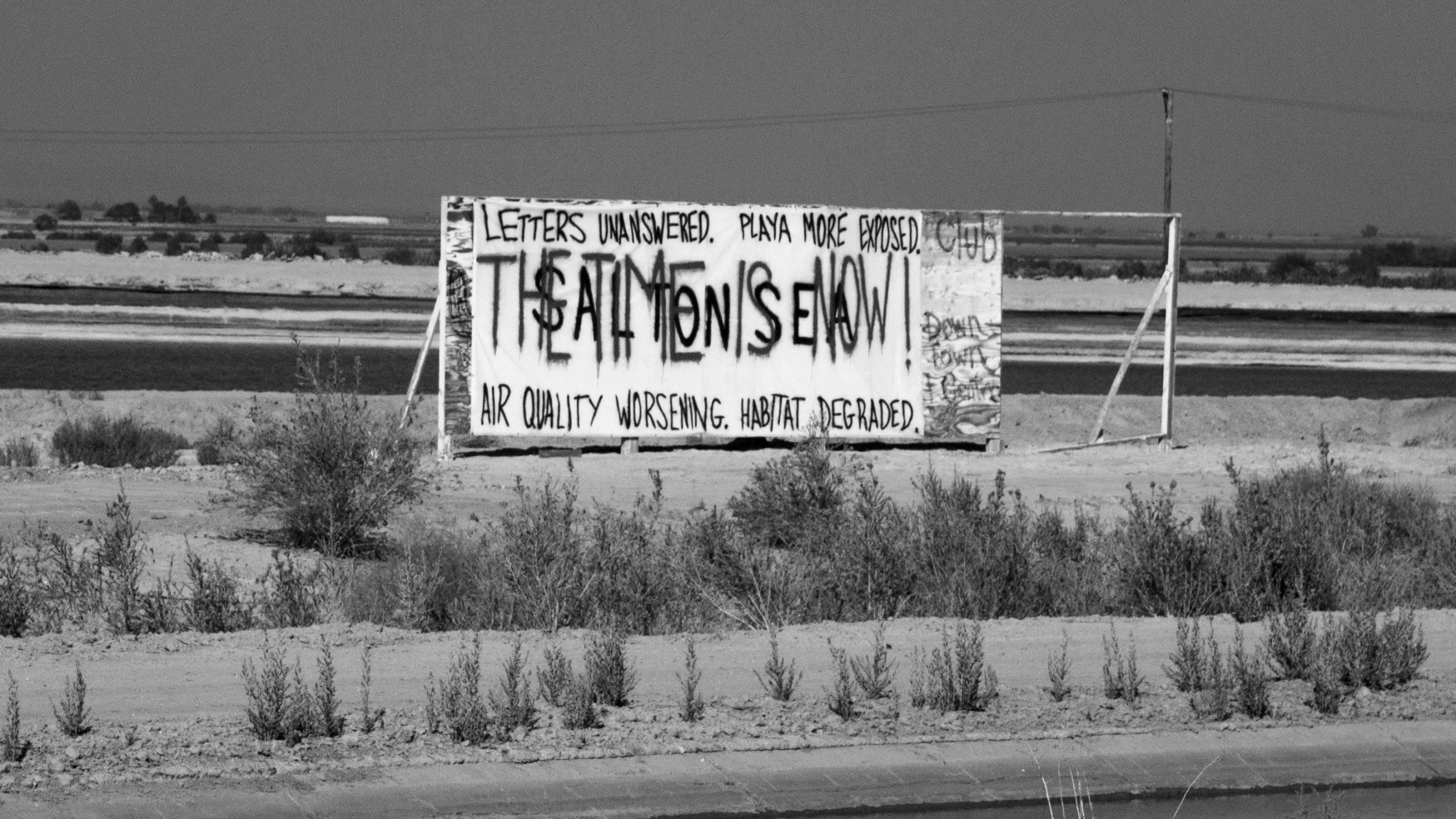
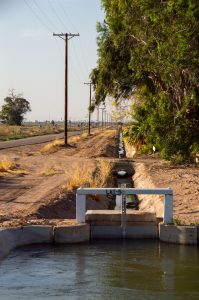
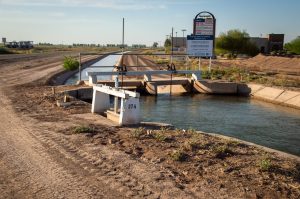
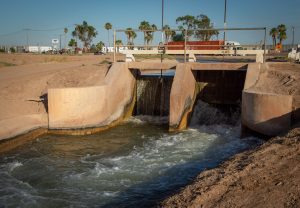
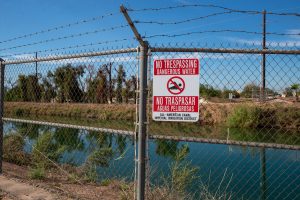
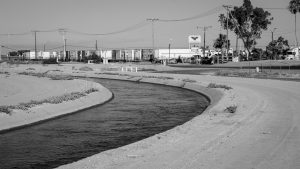
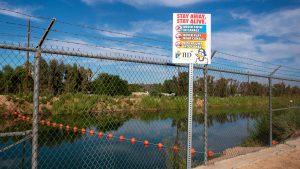
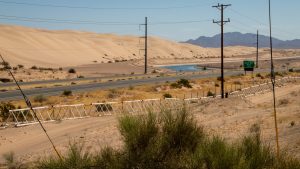
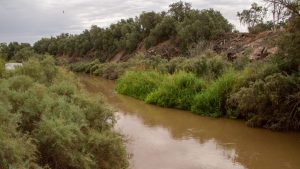
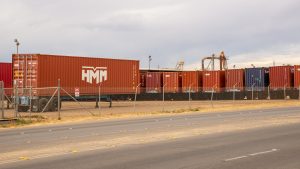
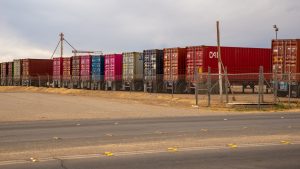
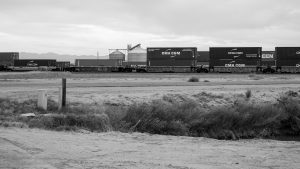
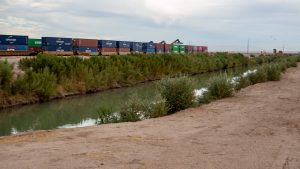
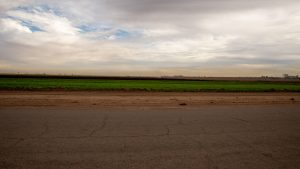
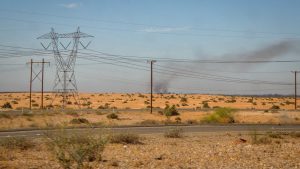
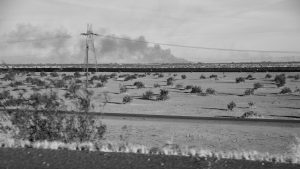
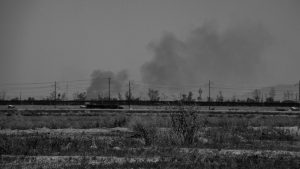

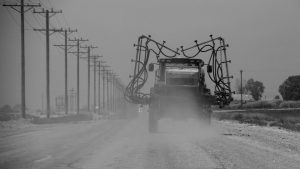
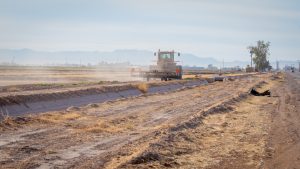
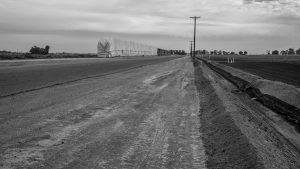
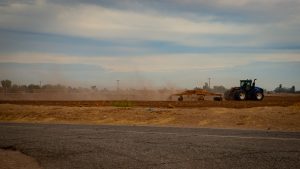
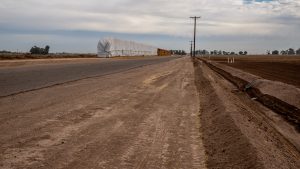
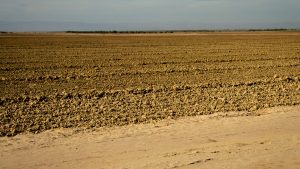

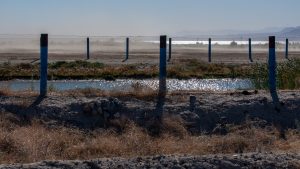
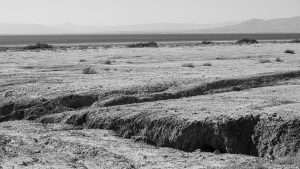
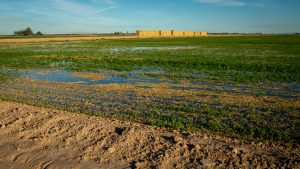
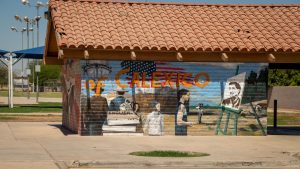


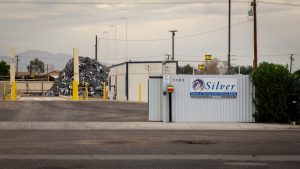
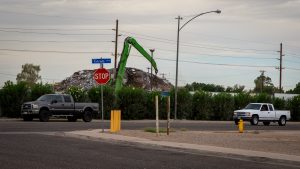
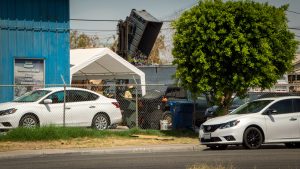
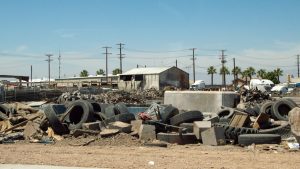
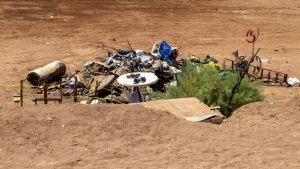
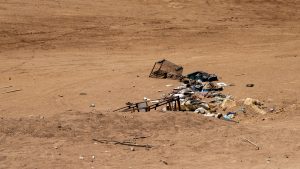


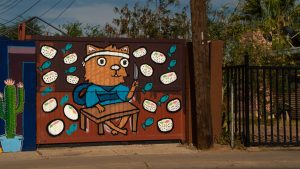

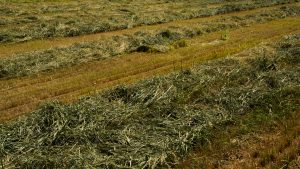
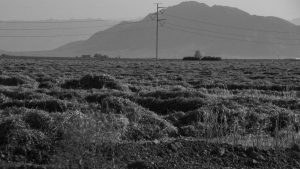
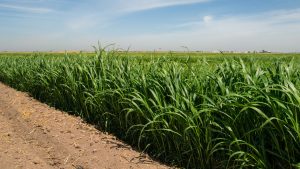

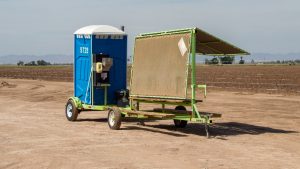
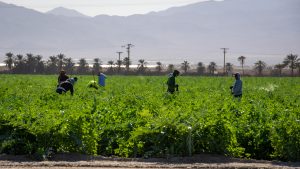
37. Government Accountability Office, and Peter F. Guerrero, Water Quality: Problems in the New River and Imperial Countv. California § (n.d.). AO/RCED-99-268R New River Water Quality https://www.gao.gov/assets/rced-99-268r.pdf
38. National Border Patrol Council Local 2554, Michael Matzke, and Lillian Garcia, Report for Chief Patrol Agent of the El Centro Sector Gloria I. Chavez § (n.d.). https://static1.squarespace.com/static/5b77290af2e6b13e1705de64/t/5cb541f871c10b32949a7d4f/1555382780635/New+River+Report+for+El+Centro+Sector+Final.pdf.
39. Williams, Darryl M., and Nuria Homedes. “The Impact of the Maquiladoras on Health and Health Policy along the U.S.-Mexico Border.” Journal of Public Health Policy 22, no. 3 (2001): 320–37. https://doi.org/10.2307/3343145.
40. Wilson, Janet. “Imperial County Declares New River Emergency, Sends Newsom Demands for Salton Sea.” Desert Sun, November 6, 2019. https://www.desertsun.com/story/news/environment/2019/11/06/imperial-county-declares-new-river-crisis-wants-action-salton-sea-too/2510402001/.
41. “New River Improvement Project Strategic Plan Status Update Status Update.” Calexico New River Committee. presented at the CRCF Meeting, June 12, 2013. https://www.ibwc.gov/Files/CF_CO_Nw_River_Status_06122013.pdf.
42. “Feinstein, Padilla Introduce Bill to Reduce U.S.-Mexico Border Pollution, Improve Water Quality.” United States Senator for California, March 3, 2021. https://www.feinstein.senate.gov/public/index.cfm/press-releases?id=C8DF07D6-D9B1-4979-90DC-AEFF149DBA93.